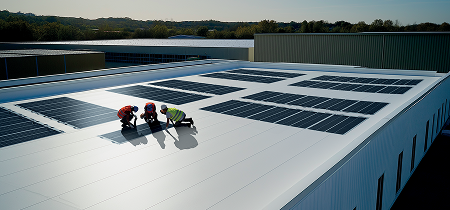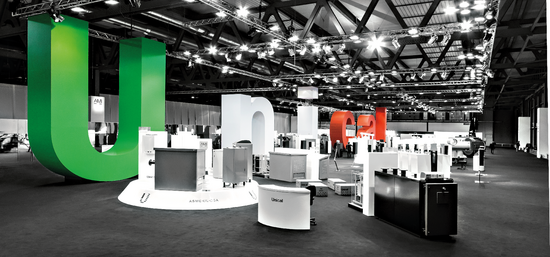Winner Building and Construction : Vicat – Carat

Since Louis Vicat invented cement 200 years ago, it has revolutionized the way we build our homes, offices, schools, hospitals, bridges, and tunnels.
However, the production of its main component—clinker—is associated with CO₂ emissions, both due to energy consumption and a natural chemical reaction of limestone decarbonation.
Strongly committed to decarbonizing our production process, we replace fossil fuels with waste sourced from local areas and reduce the proportion of clinker in a new range of low-carbon cements.
But today, we go beyond traditional approaches with the launch of Carat cement, which integrates a carbon sink into its composition: biochar.
Identified by the IPCC as one of the most effective carbon sinks available, biochar is produced from pyrolyzed plant waste. This process concentrates carbon and makes it highly stable over time, ensuring permanent carbon sequestration.
The presence of biochar in Carat reduces the cement’s carbon footprint and enables the production of concrete with a carbon impact ten times lower than conventional concrete.
Despite this innovation, low-carbon concretes formulated with Carat maintain the usual characteristics of traditional concretes used in construction. They offer the same compressive strength and durability, meaning they do not require any changes in construction practices for masons on-site.
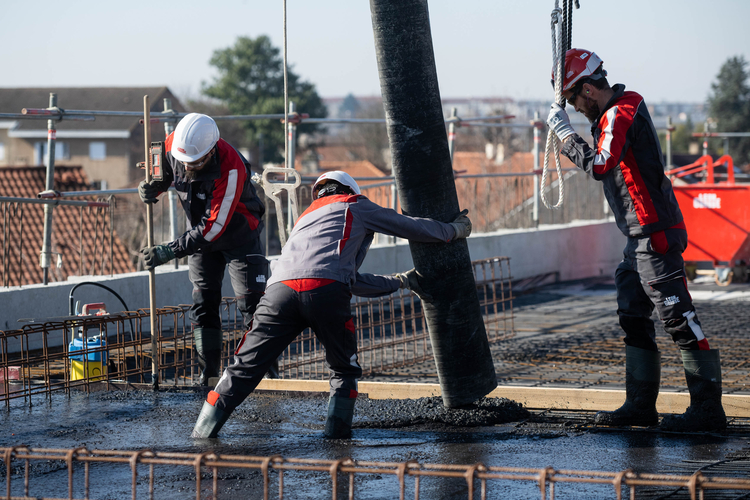
(PHOTO – Siege Leon Grosse Bron)
We have already built several structures using CARAT concrete. Examples include the regional headquarters of the company Leon Grosse in Bron, part of a building in the Athletes' Village in Saint-Ouen, and residential housing for Bouygues Immobilier in Domène (38). Next month, Carat will be used at the Ilot Lafayette project in Lyon. In a few months, the new engineering school building for Builders in Vaulx-en-Velin will also incorporate the Carat solution.
The adoption of Carat will soon be facilitated by an ongoing technical assessment from the French Scientific and Technical Center for Building (CSTB), which will help simplify insurance processes for construction projects.
Carat has gained media attention, appearing on the 8 PM news of France 2 and TF1, as well as being featured on France 5’s program Silence, ça pousse!
Additionally, Carat can serve as a low-carbon material for 3D printing. Vicat’s Lithosys teams have used it to print eco-modules for biodiversity preservation, which were showcased at the Élysée Palace last fall during La Grande Exposition du Fabriqué en France.
Carat has also been recognized in the artistic field: Octo-Cerebrum, by Floriane Lisowski, was created using Carat and submerged in the underwater museum of Marseille last June.
This June, 3D-printed starfish made with Carat will welcome delegations in Nice for the 3rd United Nations Conference on the Ocean.
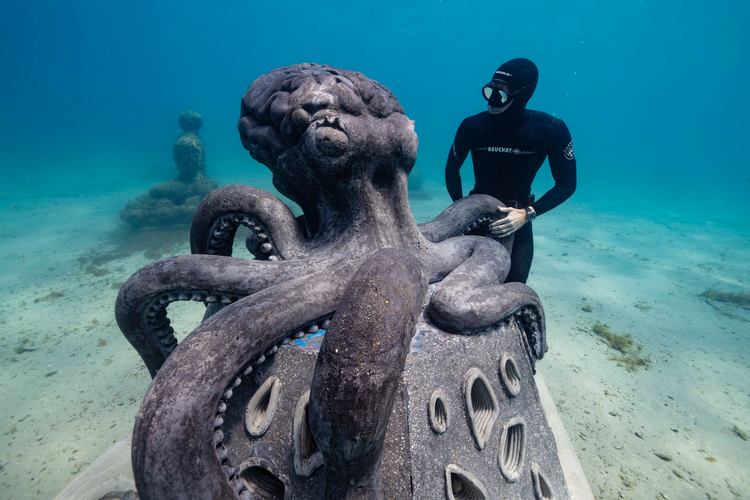
(PHOTO – Octo Cerebrum)
This June, 3D-printed starfish made with Carat will welcome delegations in Nice for the 3rd United Nations Conference on the Ocean.
Carat received a BePositive Award in the "Building & Construction" category at the trade show held from March 25 to 27. A great achievement that has helped establish Carat as a relevant solution for decarbonizing construction.
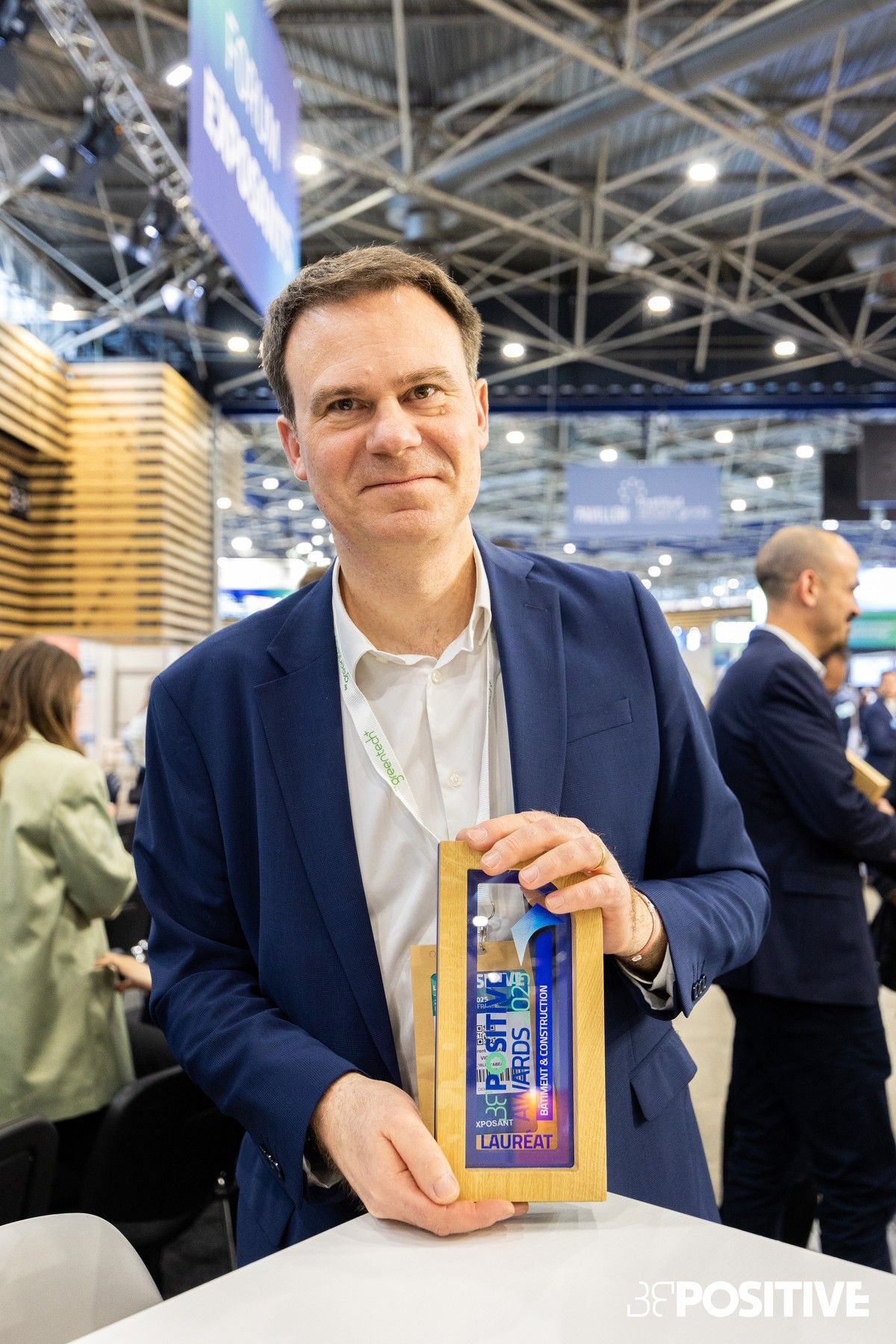
(PHOTO – Laurent Legay BEPOSITIVE Award)


